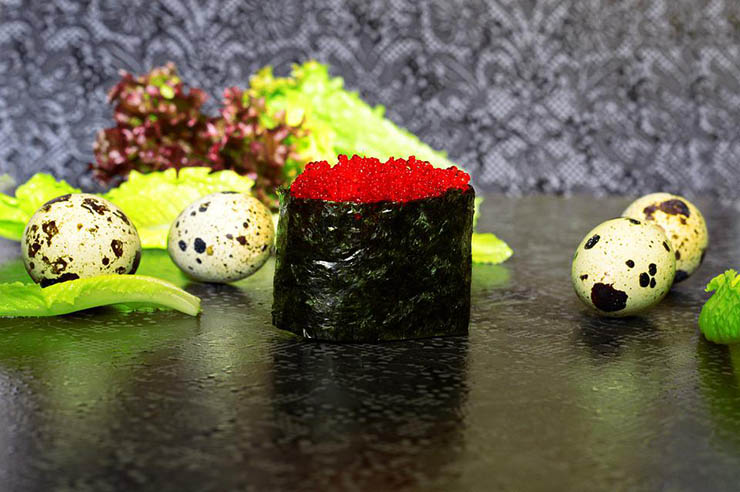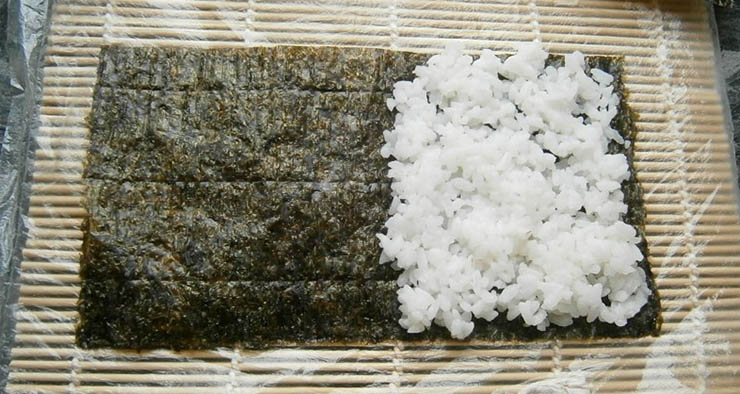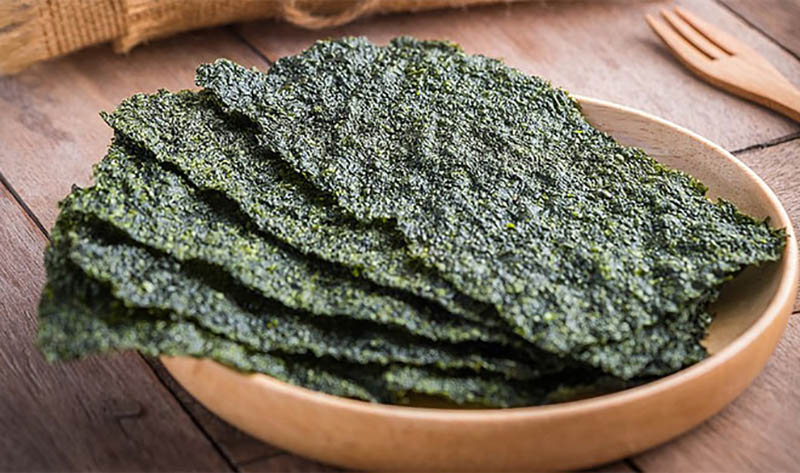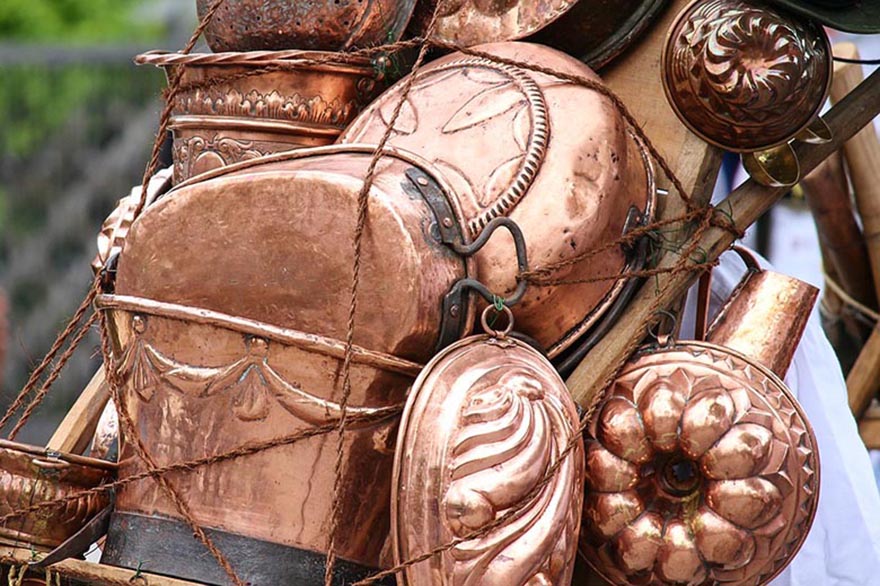Have you ever eaten Japanese food? If you did, likely you have also tried nori, a super popular seaweed. It is widely used all over the world, but only three countries produce most of it: Japan, China, and Korea.
There are lots of “Nori”
In fact, there is no specific “nori”. This term refers to many sorts of edible red algae. Also, the product made of these algae is also called “nori”.
Dried and fresh
Most of us have tried nori in dried condition because restaurants use them in cooking sushi. However, the same algae (but fresh) are also a popular ingredient for numerous salads. Some people in some countries, especially in Asia, also like to eat dried nori sheets as a snack.
Nori nutrition facts
This product contains lots of protein and carbohydrates. Nori is called the “soybean of the sea” and “vegetable of the sea” in Japan. It is rich in various nutrients; minerals, vitamins, dietary fibers, etc. They are the nutrients that many people lack in modern days. No wonder nori is included in most of the “healthy food” lists. It is generally regarded as safe to eat in moderate amounts every day. About 40% of nori is a pure protein and this is comparable to soybean. The amount of protein included in 1 sheet of nori is equivalent to 20% of an egg!

Nori is not green
Well, at least in fresh condition. All seaweeds used to make nori belong to the red algae category, they usually have a red or brown color. However, after drying up they become green. Most people have seen nori only in the form of dry green sheets. Americans who arrived in Japan in the 19th century (Japan was a country closed to foreigners for a long time before that) first even decided that the locals were eating some kind of black paper.
Long history
We don’t know for sure how long people eat nori. However, we can certainly say that they started to do that no later than in the 8th century BC. Nowadays, the highest consumption of nori per capita is in Japan, Korea, China, and the US.

It grows on wood
In the past, this seaweed was usually scraped off boats and wooden structures. It was then pressed into sheets and dried in the sun. Today, these algae are specially grown and processed. Nori production is estimated at more than $2 billion per year in Japan alone!
You can store it for a long time
The shelf life of nori reaches two years, but it is important to properly store the dried sea plant. Avoid humid places and direct sunlight 🙂 By the way, even after a year or more in storage, the taste of the product is the same unless the storing conditions were bad.
Heat them up!
You can try to heat the nori over an open fire before using them in cooking, and the taste of algae will become stronger. Just be careful and remember that dried nori burns just as well as paper.
The darker the better
The darker the color of the nori, the better it is, and the product is usually fried or toasted before use. However, this is often done before packaging, as a result of which it turns from dark red, purple, or almost black to dark green.
Saved by the UK
After WW2, the Japanese nori industry was nearly ruined. It was rescued by the knowledge gained as a result of the work of British physiologist Kathleen Mary Drew-Baker, who studied the organism Porphyria umbilical, which grew in the seas around Wales and was harvested for food, as in Japan. Her work was discovered by Japanese scientists who applied it to the artificial method of sowing and growing mink, saving the industry.




